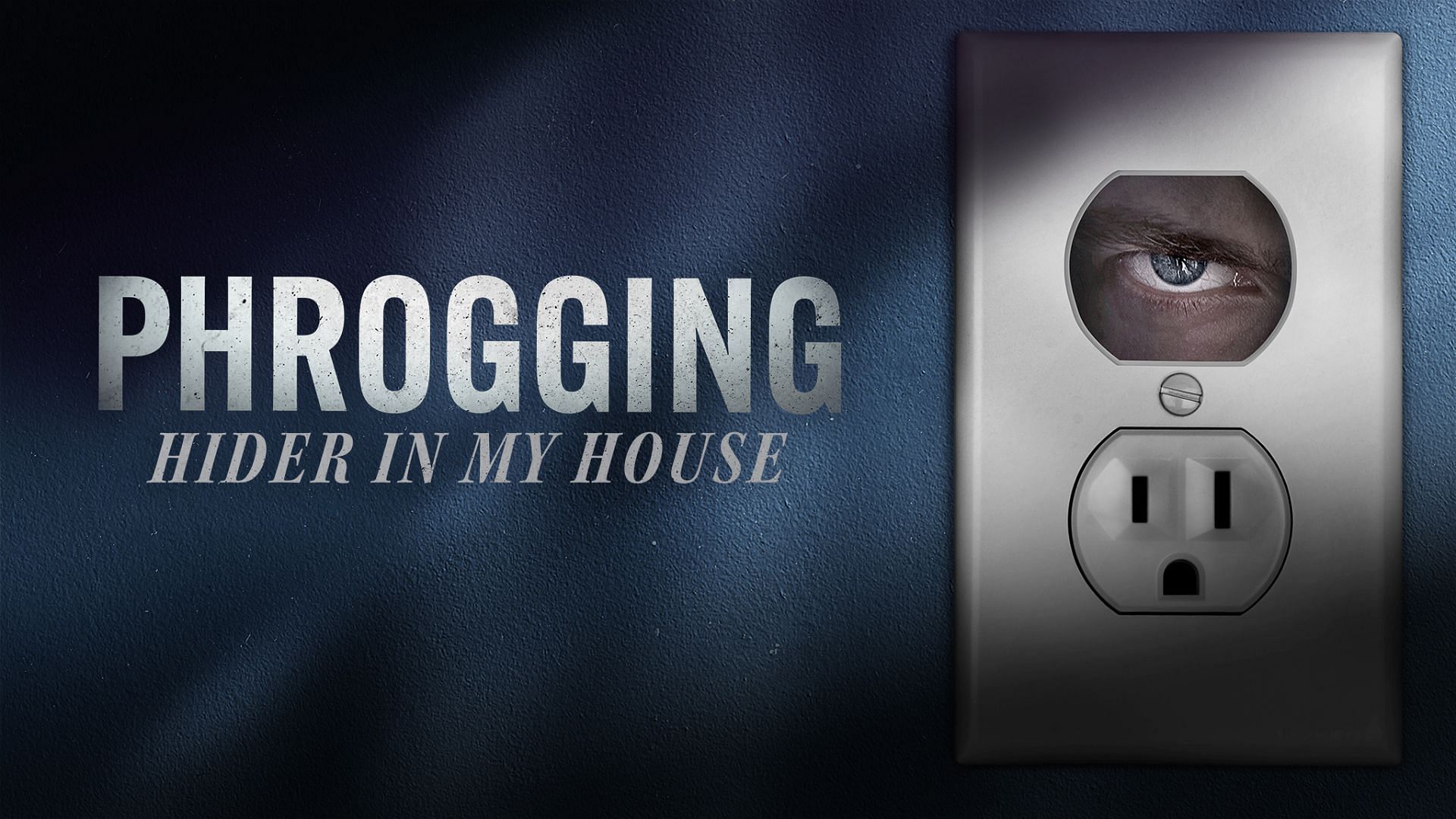Phrogging vs. Squatting: Key Differences Explained
Phrogging vs. Squatting: Key Differences Explained
Blog Article
Envision acquiring that someone has been secretly residing at home without your knowledge. This unnerving phenomenon is known as "phrogging" (pronounced “frogging”). The definition of derives from the idea of a "frog" hopping from one position to a different, as phroggers often inhabit different domiciles briefly while outstanding undetected. While it may appear to be anything out of a fear picture, phrogging is a true and significantly described issue.

What Is Phrogging?
Phrogging identifies the act of someone secretly residing in yet another person's house, on average without their consent or awareness. A phrogger might stay static in hidden areas such as attics, basements, examine places, sacrifice rooms, or even underneath furniture. They count on the homeowner's neglect to test these places, usually moving in and out stealthily in order to avoid detection.
Phroggers don't tend to keep in one single area for long. That transient conduct suggests they usually move undetected for long periods, utilizing their host's food, energy, and different assets without permission.
Why Is Phrogging on the Rise?
While formal data on phrogging is restricted, historical evidence and information studies recommend a growth such cases. A mix of facets has added to the development:
• Economic hardship has left several people fighting homelessness, primary some to seek unusual shelter.
• Larger, multi-story domiciles frequent in the current suburbs provide sufficient covering spots for would-be phroggers.
• Homeowners' raising dependence on electronic products like clever locks and action detectors may inadvertently result in neglect of periodic, physical inspections of the homes.
How to Protect Your House
To safeguard yourself and your property from phrogging, contemplate these protection tips:
1. Regular Inspections
Accomplish routine checks of one's property's less frequented parts, such as for example attics, basements, and storage spaces. These locations in many cases are leading parts for concealment.
2. Use Surveillance Cameras
Deploy protection cameras in and around your home. Cameras with activity recognition may attentive one to dubious activity, even yet in low-traffic areas.
3. Protected All Entry Points

Lock windows, gates, and any secondary entrances to prevent unauthorized access. Assure sacrifice keys are concealed solidly or entrusted and then people you trust.
4. Keep Observant
Pay attention to strange signals like food planning missing, upset items, or odd noises. These could indicate someone is remaining in your home.
While phrogging might appear like an unusual incidence, its increase underscores the significance of heightened house awareness. By staying cautious and using hands-on methods, you can significantly lower the chance of encountering that distressing danger.
Report this page